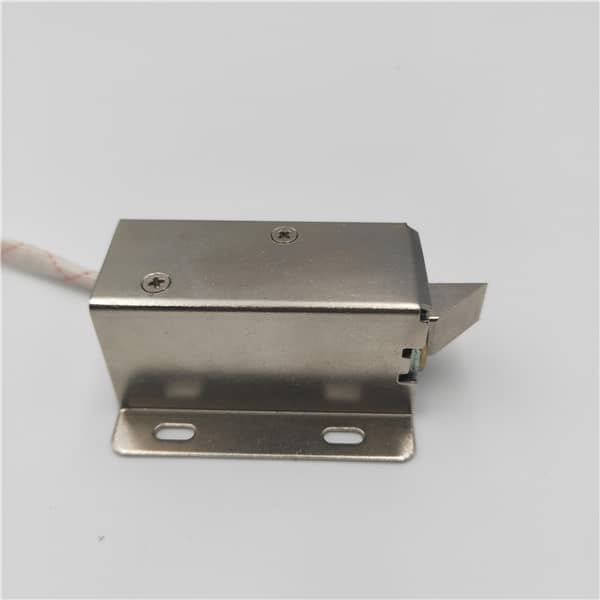Firstly, check if the relay has a sound of engagement. If not, measure the voltage of each part of the relay control interface and whether the driving devices are damaged. If intact, further measure the working voltage of the relevant integrated circuit, reset the port, and timely clock oscillation. If there is no problem, it is generally a software fault, which can only be contacted by the developer. If the relay has a closing sound and the voltage of the relay is normal, it indicates that the relay contacts are damaged or the circuit sent to the electronic control part is open. 
The terminal of the Electric Lock is actually an electromagnet, which controls a simple mechanical device to open and close the door. However, the action of the electromagnet is carried out through a series of commands. When uncontrollable occurs, first measure the voltage transmitted to the electromagnet and input the door opening and closing command (some are electromagnetic cards, some are passwords) to see if there is a change in voltage. If there is a change and the electromagnet does not operate, the fault is the electromagnetic control part. The electromagnetic control part should be repaired or replaced, otherwise it is the control part fault. The control part is relatively complex, with two parts for control: hardware and software, some of which are also connected to computer interfaces for personnel access query and statistics. The general control output voltage is controlled by a relay.
